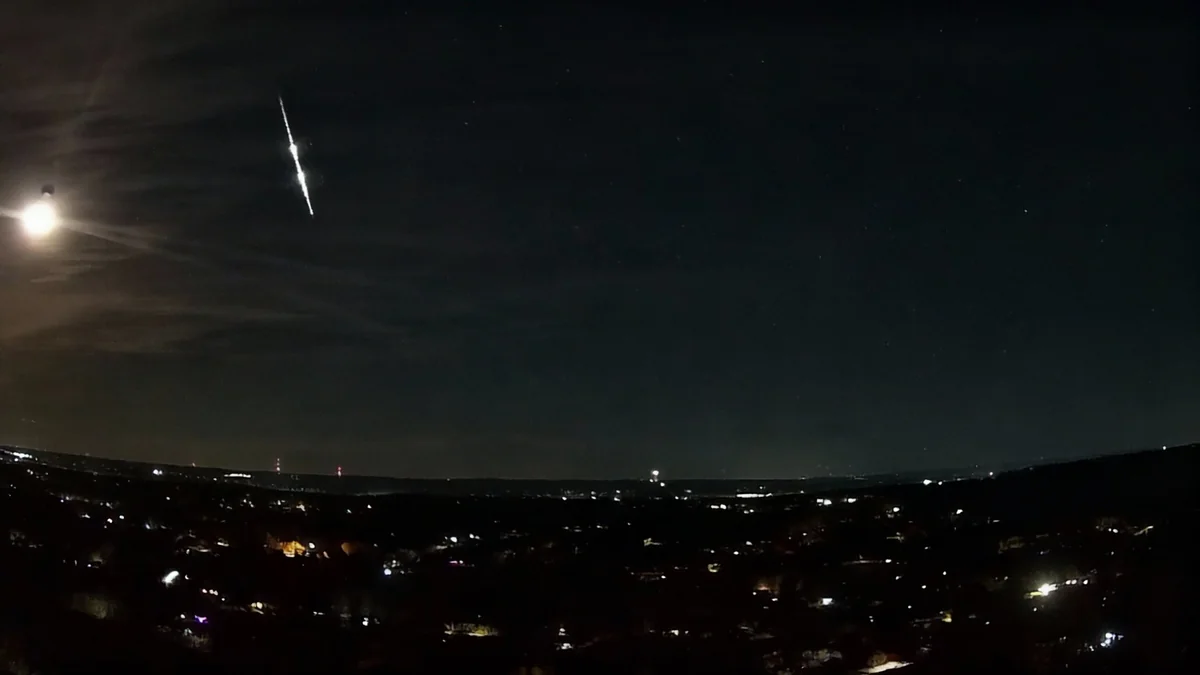To prepare for the immense challenges of sending humans to Mars and the Moon, NASA conducts complex simulations in some of Earth's most extreme environments. These "analog missions" replicate the psychological and physical rigors of space travel, allowing scientists to study crew dynamics, test new technologies, and refine procedures without ever leaving the planet.
Key Takeaways
- Analog missions are ground-based simulations that mimic aspects of space exploration missions.
- They are conducted in isolated, extreme environments on Earth, such as volcanic terrains, deserts, and undersea habitats.
- The primary goals are to study human performance under stress, test equipment, and train future astronauts.
- Participants, known as analog astronauts, live and work under strict protocols with limited resources, similar to a real space mission.
What Are Analog Missions?
Exploring other worlds like the Moon and Mars presents significant hurdles for both humans and technology. The environments are harsh, and missions are incredibly complex. To mitigate risks, space agencies use analog missions to simulate key parts of a real spaceflight experience here on Earth.
These simulations are designed to replicate specific conditions, from the isolation of a long-duration transit to Mars to the challenges of performing scientific work on a planetary surface. By placing crews in comparable situations, researchers can identify potential problems and develop solutions before a multi-billion dollar mission is launched.
For example, a simple task like using a wrench becomes difficult when wearing a bulky, pressurized spacesuit with thick gloves. Testing this in an analog environment allows engineers to redesign tools and procedures for better efficiency in lower gravity and hostile atmospheres.
The Importance of Earth-Based Testing
Analog missions serve multiple functions. They are used to study crew performance and psychology, test new instruments and life support systems, and train astronauts for future deep-space assignments. They provide a cost-effective way to gather crucial data on human factors in space exploration.
Finding Mars and the Moon on Earth
Researchers carefully select locations on Earth that share characteristics with extraterrestrial environments. These sites provide a realistic backdrop for simulating surface operations and testing the limits of human endurance.
NASA utilizes several established analog facilities around the world, each offering unique environmental challenges. These locations are chosen for their geological similarities to Mars or the Moon, their isolation, or their extreme conditions.
Key Analog Mission Locations
- HI-SEAS (Hawaii Space Exploration Analog and Simulation): Located on the slopes of the Mauna Loa volcano in Hawaii, this site's volcanic terrain is similar to that found on both the Moon and Mars. It is used for long-duration isolation studies.
- Mars Desert Research Station (MDRS): Situated in the Utah desert, this facility's arid, reddish landscape provides a convincing stand-in for the Martian surface, making it ideal for testing rovers and surface exploration techniques.
- Aquarius Reef Base: An undersea research station off the coast of Florida, Aquarius is used for NASA's NEEMO (NASA Extreme Environment Mission Operations) missions. The underwater environment simulates the challenges of living and working in a confined, dangerous space.
- Antarctic Research Stations: The extreme cold, isolation, and darkness of Antarctica provide a powerful analog for the psychological and social challenges of long-duration space missions.
Other locations, such as natural meteor craters in Arizona and volcanic fields in the western United States, are also used to train crews in planetary geology and field science, preparing them for the types of landscapes they will encounter on other worlds.
A Personal Account from an Analog Astronaut
Planetary scientist Jordan Bretzfelder participated in a 28-day simulated lunar mission at the HI-SEAS facility. Serving as the crew geologist, her experience provided direct insight into the daily life and scientific work conducted during these missions, which are designed to study crew dynamics in extreme isolation.
Life Inside a Simulated Space Habitat
The crew of an analog mission is carefully selected to mirror the qualifications of actual astronauts. Applicants typically need relevant degrees in science or engineering and must pass rigorous physical and psychological health screenings. The goal is to assemble a team that can work effectively under high-stress conditions.
Crews are diverse, often including engineers to manage habitat systems, scientists to conduct research, and at least one member with medical training to handle emergencies.
A Structured and Isolated Existence
Once a mission begins, life becomes highly structured. In the HI-SEAS mission, for instance, six crew members were isolated for 28 days after a brief training period. They surrendered their phones and had severely restricted internet access, communicating primarily with a remote mission control.
"Our days were scheduled with tasks from wake up, about 6:30 a.m., to lights out, about 10 p.m.," noted a participant from a lunar analog mission. This strict scheduling is crucial for maintaining productivity and morale during long periods of isolation.
Daily activities included a mix of individual and group tasks designed to measure performance and well-being. These could range from cognitive tests to collaborative computer exercises like 3D Tetris, with researchers remotely monitoring interactions to gauge stress levels and group cohesion.
Coping with Mission Constraints
A central part of any analog mission is learning to live with limited resources, just as astronauts would in space. This affects every aspect of daily life, from food and water to personal hygiene and recreation.
Resource Management and Daily Challenges
Food is often limited to freeze-dried and powdered supplies, supplemented by small amounts of fresh produce grown in hydroponic gardens. Water is strictly rationed, forcing crew members to be creative. Bucket showers might be allowed only once or twice a week, and laundry is a rare, communal event.
Even simple tasks like cooking require more effort. Preparing nutritious meals from limited ingredients becomes a daily challenge that also fosters teamwork and creativity. On one mission, the crew managed to bake a birthday cake using protein and cocoa powders.
Simulating Spacewalks
When analog astronauts venture outside the habitat for "Extra-Vehicular Activities" (EVAs), they must wear mock spacesuits. These suits, complete with helmets and simulated air systems, restrict movement and communication, providing a realistic test of how crews would conduct geological surveys or equipment maintenance on another planet.
Despite the demanding workload, crews find ways to bond and relax. They share pre-downloaded movies, trade books, and play board games. These activities are vital for maintaining psychological health and building the strong interpersonal relationships needed to survive a long journey through space.
These Earth-based simulations, from the demanding daily schedules to the creative problem-solving, provide invaluable data. Each mission, whether in a desert or on a volcano, is a small but critical step in ensuring humanity's next giant leap into the solar system is a safe and successful one.





